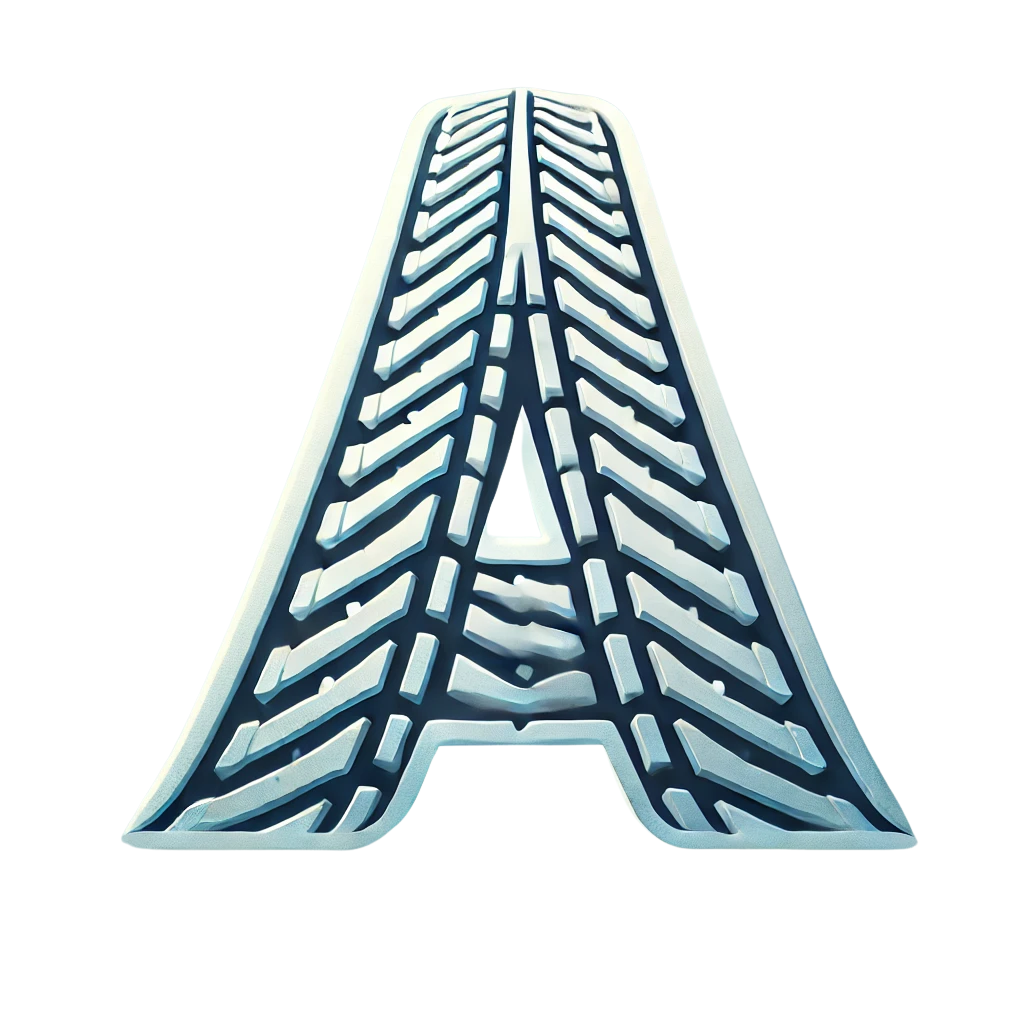Snowmobiles: Origins & Early Prototypes
The modern snowmobile is the result of over a century of innovation, beginning with early experiments in mechanized snow travel. The quest to develop a motorized vehicle capable of traversing deep snow started in the late 19th and early 20th centuries, driven by the need for winter transportation in remote areas. From steam-powered sleds to early track-driven designs, the evolution of snowmobiles is marked by a series of key inventors, breakthrough prototypes, and technological advancements that paved the way for the lightweight, high-performance machines used today.
Early Concepts of Mechanized Snow Travel
Before the invention of true snowmobiles, transportation across snowy landscapes relied primarily on sleds pulled by horses or dogs. While effective, these traditional methods were slow and dependent on animal endurance. The late 19th century saw the first attempts at applying mechanical power to snow travel.
- 1850s: Steam-powered sleighs were conceptualized, but the heavy weight of the boilers and fuel made them impractical.
- 1890s: Bicycle enthusiasts experimented with ski and track attachments to navigate winter terrain, but these devices lacked power.
These early designs, while flawed, introduced key concepts such as continuous tracks and ski steering, elements that would later become essential components of the snowmobile.
Notable Prototypes and Key Inventors
The first serious efforts to create functional snow-going machines began in the early 20th century. Various inventors and engineers experimented with track systems, lightweight engines, and different forms of propulsion.
| Year | Inventor | Innovation |
|---|---|---|
| 1896 | James B. Hammond | Developed an early gas-powered sled with track-driven propulsion. |
| 1908 | Virgil D. White | Created the "Snowmobile Attachment" for Ford Model T vehicles, allowing cars to be converted into snow-going machines. |
| 1911 | O.C. Johnson | Designed a motorized sleigh that used a propeller-driven system, resembling an early snowplane. |
| 1913 | Adolphe Kégresse | Developed a flexible rubber track system, the foundation for modern snowmobile tracks. |
| 1922 | Joseph-Armand Bombardier | At 15 years old, built his first snow vehicle, laying the groundwork for future mass-produced snowmobiles. |
The Birth of the Snowmobile
The transition from experimental machines to practical snowmobiles happened gradually. Adolphe Kégresse's continuous rubber track system, developed for military use, proved instrumental in improving snow traction. By the 1930s, Joseph-Armand Bombardier, a young Canadian inventor, focused on designing a lightweight, reliable snow vehicle that could serve rural communities.
Bombardier's breakthrough came in 1937 when he introduced the B7, a seven-passenger snow vehicle with a track system capable of handling deep snow. This invention revolutionized winter transportation, particularly in remote areas of Canada and Scandinavia. The success of the B7 led to the development of smaller, more agile machines.
Evolution into Personal Snowmobiles
While early snow vehicles were large and mainly used for transport and rescue operations, the idea of a personal recreational snowmobile gained momentum in the 1950s. Several key developments contributed to this shift:
- Lightweight Materials: Advancements in aluminum and plastics made snowmobiles more agile and efficient.
- Two-Stroke Engines: The introduction of compact and powerful engines enabled single-rider snowmobiles.
- Refined Track Systems: Improvements in traction allowed better maneuverability on uneven snow surfaces.
The tipping point came in 1959 when Bombardier's company, Ski-Doo, released the first true recreational snowmobile. Unlike its predecessors, the Ski-Doo was small, affordable, and easy to handle, appealing to both sports enthusiasts and those needing practical winter transport.
Legacy of Early Snowmobile Innovations
The development of snowmobiles is a testament to human ingenuity and the need for effective winter transportation. From the steam-driven concepts of the 19th century to Bombardier's game-changing Ski-Doo, snowmobiles have evolved into versatile machines used for recreation, work, and survival in harsh winter environments. The early prototypes and innovations laid the foundation for an industry that continues to thrive and push the boundaries of winter mobility.
